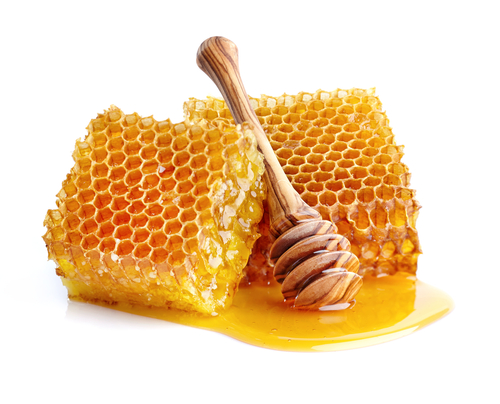How can you recognize fake honey?

Stating that fake and real honey are so similar that they cannot be distinguished, Pharmacognosy Expert Assoc. Prof. Dr. Etil Güzelmeriç said, "Therefore, you cannot tell the difference by looking or smelling" and explained the only way to determine the naturality of honey. In Turkiye's food sector, counterfeit foods pose a significant problem, including honey. Despite consumers' challenges distinguishing between real and fake honey, experts point out that natural honey cannot be identified solely by its appearance or scent. Associate Professor Dr. Etil Güzelmeriç, an expert in Pharmacognosy, has highlighted concerns regarding using additive or imitation honeys when seeking therapeutic benefits. Güzelmeriç highlights that encountering such products while searching for remedies in honey can potentially pose risks to your health. Here are her insights on this matter:
BENEFITS TO HEALTH
The medicinal use of honey dates back to ancient times. Hippocrates, known as the father of medicine, recommended oxymel (a mixture of vinegar and honey) for pain, hydromel (a mixture of water and honey) for thirst, and a mixture of honey, water, and various herbs to reduce fever caused by certain diseases. Many scientific studies have confirmed the multiple benefits of honey, such as its antimicrobial, antioxidant, and anti-inflammatory properties, as well as its ability to heal wounds and burns. Additionally, the World Health Organization has recognized honey as a potential treatment for coughs and coldsThe antimicrobial effect of honey is due to various properties of honey. For example, considering that water is essential for all living things, an environment with a low water content, such as honey, would not be favorable for the life of microorganisms. Honey's pH level of 3.5-5.5 makes it unsuitable for the growth of numerous microorganisms. Additionally, the presence of phenolic compounds in honey exhibits antimicrobial properties.
WHY WE SHOULD NOT GIVE IT TO CHILDREN UNDER 1 YEAR OLD
According to research, giving honey (2.5 mL) to children between the ages of 2 and 5 with cough caused by upper respiratory tract infection before bedtime can be an effective remedy, as it reduces the frequency and severity of cough. However, it is essential to note that honey should not be given to children under one year of age. This is because honey may contain Clostridium botulinum bacteria, which can quickly settle in the developing intestinal flora of infants, causing food poisoning known as "infant botulism."
BEWARE OF THE DANGER OF "MAD HONEY"
When bees collect nectar from rhododendrons (Rhododendron L.), the honey produced may contain certain compounds known as grayanotoxins. This type of honey is commonly called "mad honey" due to the potential health risks associated with its consumption. Symptoms may include low blood pressure and slow heart rhythm. Rhododendrons are mainly found in Turkey's Black Sea Region but can also be found in the Marmara Region.
CONSUMPTION OF HONEY THAT CONTAINS ADDITIVES OR IMITATION HONEY CAN NEGATIVELY AFFECT YOUR HEALTH.
When looking for a remedy in honey, you may come across adulterated or imitation honey. Examples include adding corn or rice syrup to honey to increase the amount of honey or imitating honey by adding pollen, colors, and flavors to sugar syrups without even using bees. On the other hand, the prejudice that "Crystallized honey is fake honey" should be clarified. Honey can crystallize by nature, and this is a normal process. On the other hand, the fructose in honey can be converted into 5-hydroxymethylfurfural (5-HMF) due to heat application to honey or prolonged storage under inappropriate storage conditions. 5-HMF can adversely affect health when ingested for long periods and in high quantities. According to the Turkish Food Codex Honey Communiqué, 5-HMF in both secretion and flower honey should not exceed 40 mg/kg. A study in this direction detected 48 mg/kg 5-HMF when honey containing 2.2 mg/kg 5-HMF was heated at 100°C for 1 hour. Perhaps the honey we add to tea or milk may come to mind. In daily life, when the temperature at which we add honey to tea or milk is at a drinkable consistency, and when we add the drinking time, you can imagine that this transformation cannot happen immediately. Of course, you should not overlook the quality of the honey you use.
WHAT CAN WE DO?
The escalating global population has led to a rapid expansion of agricultural practices, unavoidably necessitating the use of pesticides. Despite prohibiting veterinary drug use for eradicating diseases in bee larvae and pupae, it is employed to boost honey production. Unfortunately, this has led to the detection of residues such as pesticides, antibiotics, and veterinary drugs in honey. The sole method for assessing the quality and authenticity of honey involves a comprehensive analysis conducted exclusively in accredited laboratories.

